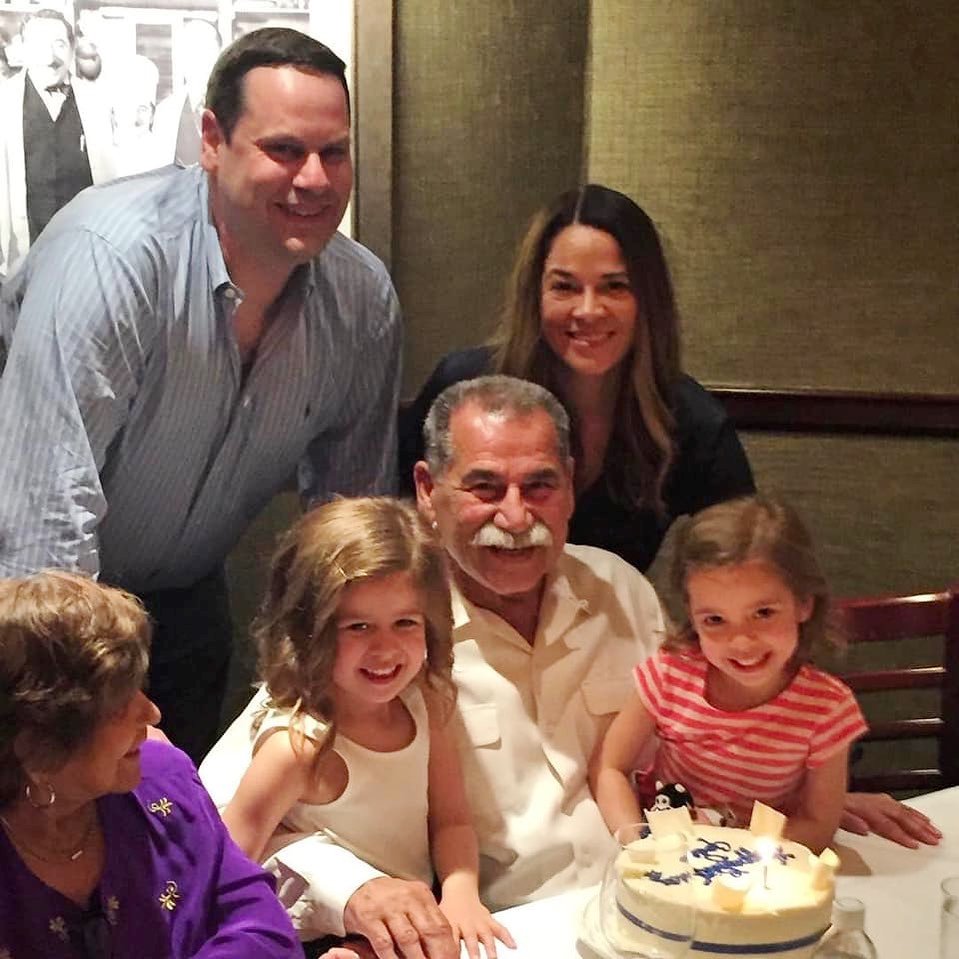American households today are poles apart from those in recent years, as living arrangements continue shifting to accommodate adult children, aging parents, and the generation between them. This change, according to the National Association of Insurance Commissioners (NAIC), can impact your insurance needs.
“Longer life spans, decisions to marry later and the tight job market have forced many middle-aged adults to share their homes with family members across generations,” explains John M. Huff, president of the NAIC. “When there is an increased headcount under your roof, there are likely new insurance implications.”
Huff and the NAIC point to an “empty nest reversal” trend, in which baby boomers (and some in Generation X) have become responsible for housing an adult child and an aging parent—an arrangement that may require changes to insurance coverage.
In the case of adult children (“boomerang kids”), communicating expectations is essential, especially because housing an adult child can be costly. Some questions to consider, according to the NAIC:
• Will the adult child be solely responsible for health insurance?
• Will the adult child’s driving record result in a higher automotive insurance premium? Will the adult child be responsible for the additional cost?
• Will the adult child’s big-ticket items (e.g., electronics) result in a higher homeowners insurance premium? Will the adult child be responsible for the additional cost?
Moving in aging parents also requires consideration. According to the NAIC, questions to ask include:
• Is the aging parent covered by Medicare?
• Is the aging parent current on insurance premium payments (including those for life insurance, if applicable)?
